
Filter News
Area of Research
- (-) Biology and Environment (78)
- Advanced Manufacturing (2)
- Biological Systems (1)
- Biology and Soft Matter (1)
- Computational Biology (1)
- Computer Science (1)
- Electricity and Smart Grid (1)
- Energy Science (46)
- Functional Materials for Energy (2)
- Fusion and Fission (8)
- Fusion Energy (1)
- Isotopes (7)
- Materials (58)
- Materials Characterization (2)
- Materials for Computing (5)
- Materials Under Extremes (1)
- National Security (9)
- Neutron Science (18)
- Nuclear Science and Technology (5)
- Supercomputing (56)
News Type
News Topics
- (-) Advanced Reactors (1)
- (-) Big Data (7)
- (-) Biomedical (9)
- (-) Composites (2)
- (-) Environment (64)
- (-) Exascale Computing (4)
- (-) Frontier (3)
- (-) Materials (8)
- (-) Polymers (2)
- 3-D Printing/Advanced Manufacturing (5)
- Artificial Intelligence (7)
- Bioenergy (30)
- Biology (49)
- Biotechnology (7)
- Chemical Sciences (9)
- Clean Water (8)
- Computer Science (12)
- Coronavirus (6)
- Critical Materials (1)
- Cybersecurity (1)
- Energy Storage (5)
- Fusion (1)
- High-Performance Computing (14)
- Hydropower (5)
- Isotopes (2)
- Machine Learning (6)
- Materials Science (5)
- Mathematics (3)
- Mercury (6)
- Microscopy (9)
- Molten Salt (1)
- Nanotechnology (7)
- National Security (2)
- Neutron Science (3)
- Nuclear Energy (1)
- Partnerships (2)
- Physics (2)
- Security (1)
- Simulation (10)
- Summit (7)
- Transportation (2)
Media Contacts

Scientists develop environmental justice lens to identify neighborhoods vulnerable to climate change
A new capability to identify urban neighborhoods, down to the block and building level, that are most vulnerable to climate change could help ensure that mitigation and resilience programs reach the people who need them the most.
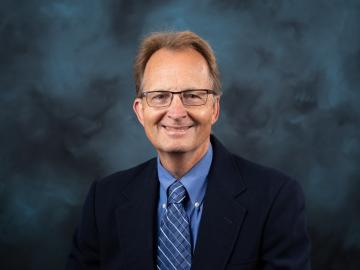
Stan Wullschleger, associate laboratory director for biological and environmental systems science at ORNL, is the recipient of the 2022 Commitment to Human Diversity in Ecology Award from the Ecological Society of America, or ESA.
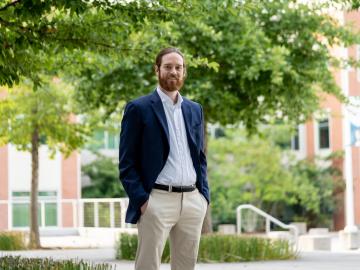
Bryan Piatkowski, a Liane Russell Distinguished Fellow in the Biosciences Division at ORNL, is exploring the genetic pathways for traits such as stress tolerance in several plant species important for carbon sequestration
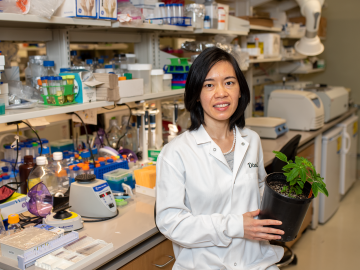
A team of researchers working within the Center for Bioenergy Innovation at ORNL has discovered a pathway to encourage a type of lignin formation in plants that could make the processing of crops grown for products such as sustainable jet fuels easier and less costly.

Surrounded by the mountains of landlocked Tennessee, Oak Ridge National Laboratory’s Teri O’Meara is focused on understanding the future of the vitally important ecosystems lining the nation’s coasts.

ORNL, TVA and TNECD were recognized by the Federal Laboratory Consortium for their impactful partnership that resulted in a record $2.3 billion investment by Ultium Cells, a General Motors and LG Energy Solution joint venture, to build a battery cell manufacturing plant in Spring Hill, Tennessee.

Spanning no less than three disciplines, Marie Kurz’s title — hydrogeochemist — already gives you a sense of the collaborative, interdisciplinary nature of her research at ORNL.
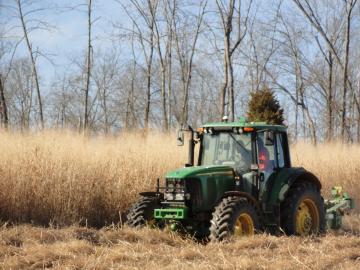
Energy and sustainability experts from ORNL, industry, universities and the federal government recently identified key focus areas to meet the challenge of successfully decarbonizing the agriculture sector

Ten scientists from the Department of Energy’s Oak Ridge National Laboratory are among the world’s most highly cited researchers, according to a bibliometric analysis conducted by the scientific publication analytics firm Clarivate.
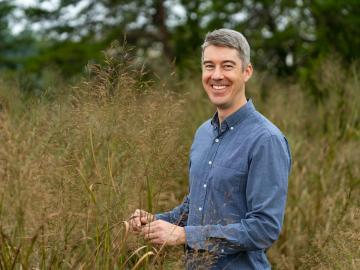
For ORNL environmental scientist and lover of the outdoors John Field, work in ecosystem modeling is a profession with tangible impacts.


